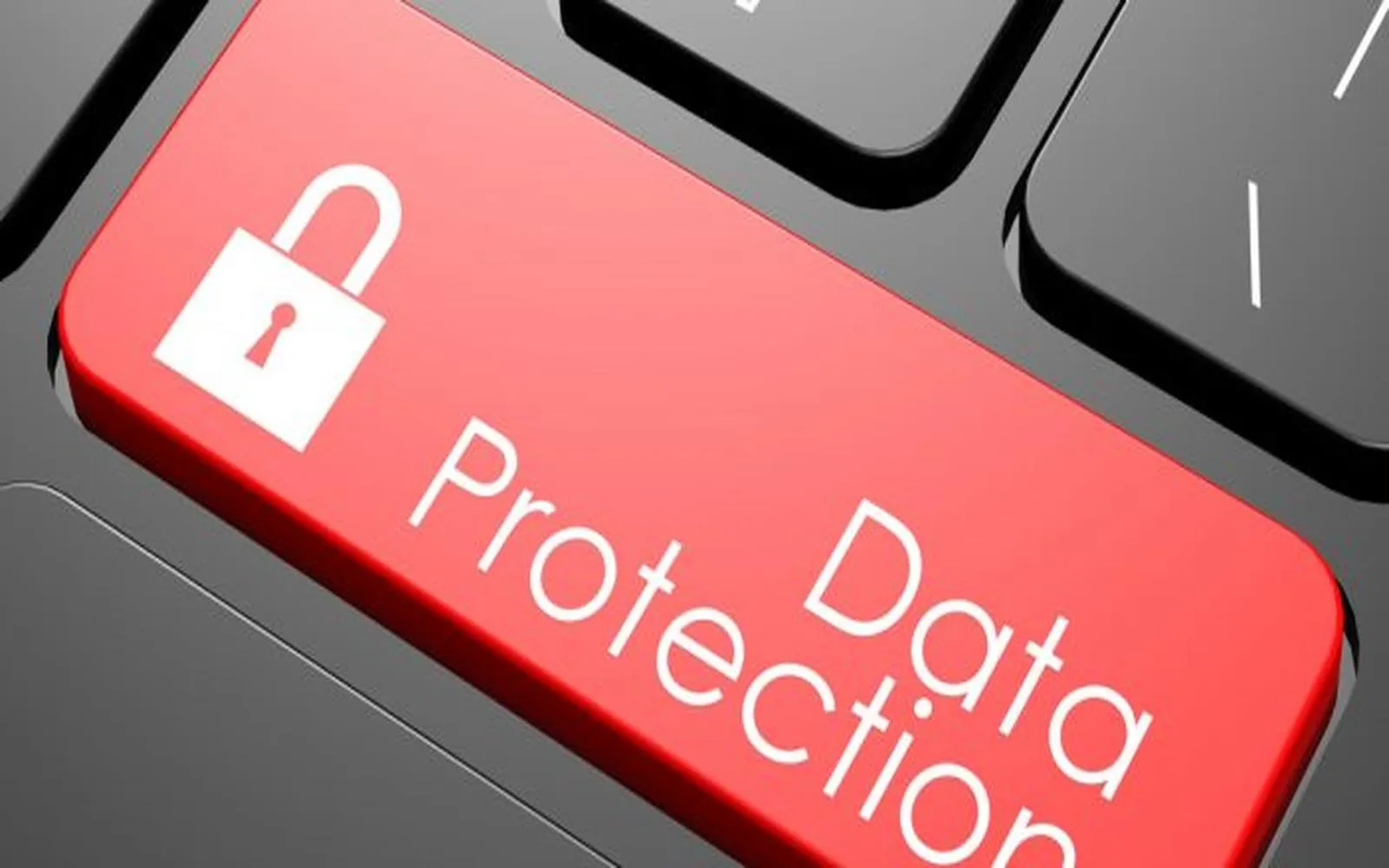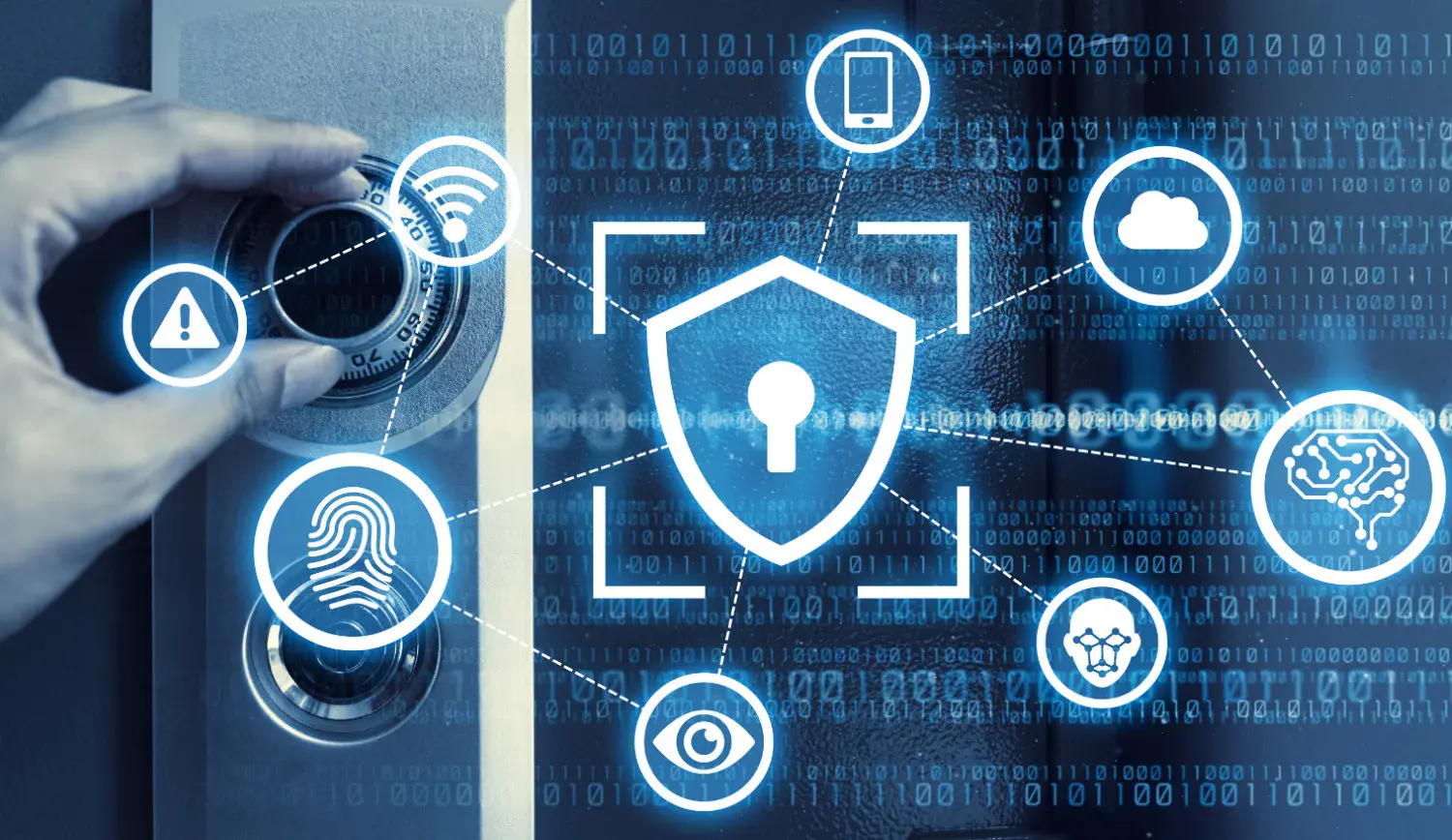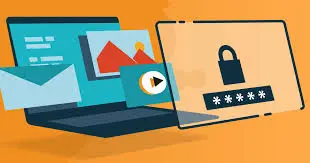What Is Data Protection and Why It Matters in 2025
In today's digital-first world, your data is constantly being collected, shared, and stored — often without your full awareness. Whether you're shopping online, using a fitness app, or working remotely, your personal and business information could be vulnerable. That’s where data protection comes in.
📊 What Is Data Protection?
Data protection refers to the policies, technologies, and practices that ensure personal and sensitive data is handled responsibly, securely, and in compliance with regulations. This includes:
- Preventing unauthorized access to data
- Ensuring data is accurate and available
- Protecting against loss, leaks, and theft
- Enabling individuals to control their own data
🧑💻 Who Needs Data Protection?
The short answer: everyone.
- Individuals – Protect your personal information, financial data, medical records, and online behavior.
- Businesses – Secure customer data, trade secrets, employee records, and comply with privacy laws.
- Organizations – Ensure GDPR, CCPA, HIPAA, and other regulatory compliance.
If you're storing, sharing, or analyzing data — even through third-party tools — you have a responsibility to protect it.
⚠️ Common Threats to Data Security
- Phishing attacks and social engineering
- Ransomware and malware
- Insider threats (disgruntled employees or poor access control)
- Weak or reused passwords
- Unencrypted cloud storage or devices
A single vulnerability could lead to financial loss, legal action, or irreparable damage to your reputation.
🛡️ How to Protect Your Data
Here are essential strategies used by individuals and organizations alike:
- Data Encryption – Encrypt files and messages at rest and in transit.
- Multi-Factor Authentication (MFA) – Secure accounts with more than just a password.
- Regular Backups – Maintain updated backups in case of ransomware or hardware failure.
- Access Control – Limit data access to only those who truly need it.
- Employee Training – Teach staff how to recognize threats like phishing and spoofing.
- Use Reputable Security Software – Invest in professional-grade antivirus, VPNs, and firewalls.
✅ Conclusion
In a connected world, your data is your most valuable asset — but also your most vulnerable. Data protection is no longer optional; it’s a necessity for individuals, businesses, and organizations alike.
By understanding the risks, applying best practices, and using trusted tools, you can take control of your digital footprint and minimize your exposure to threats.
🎯 Ready to take action?
Explore

Secure Data Protection Services: Safeguarding Your Business and Personal Data

🚗 Auto Loan Pre-Approval in 2025: Why It Matters & How to Get It

Guarding Your Digital Fortress: Essential Data Protection Services for a Safer Tomorrow

Data Protection: Safeguarding Information in a Digital World

Data Security Management: Essential Strategies for Protection
